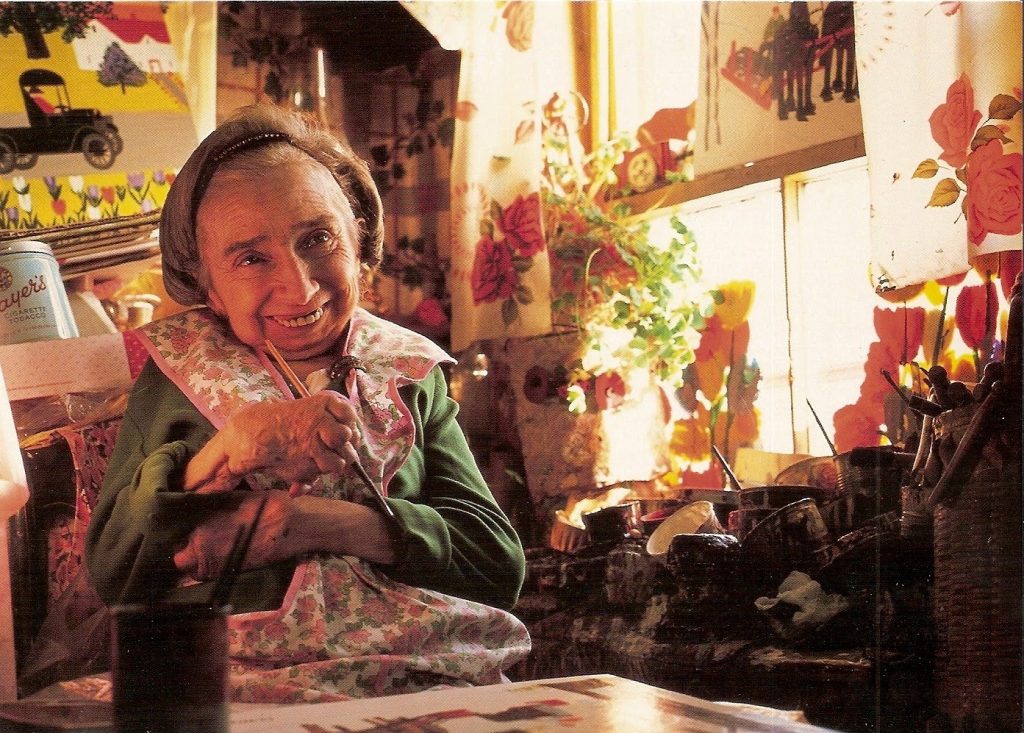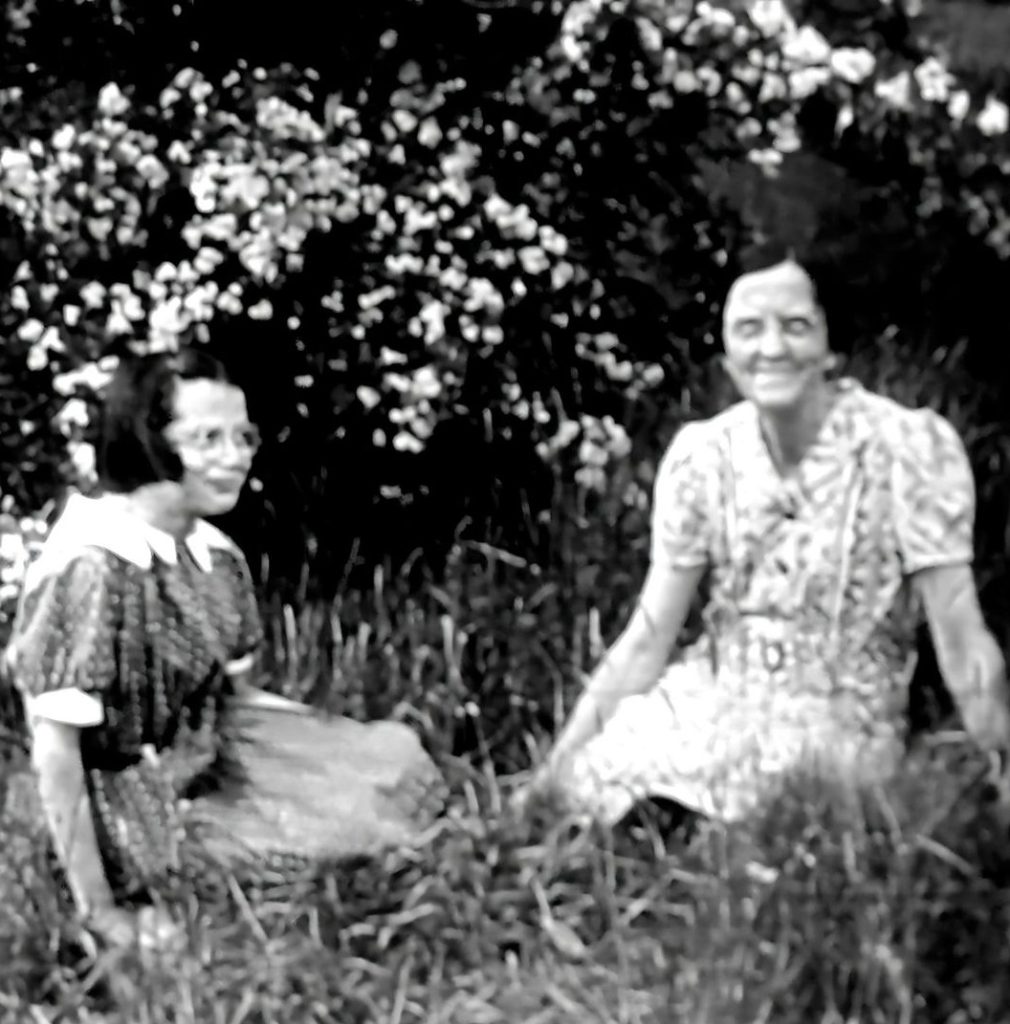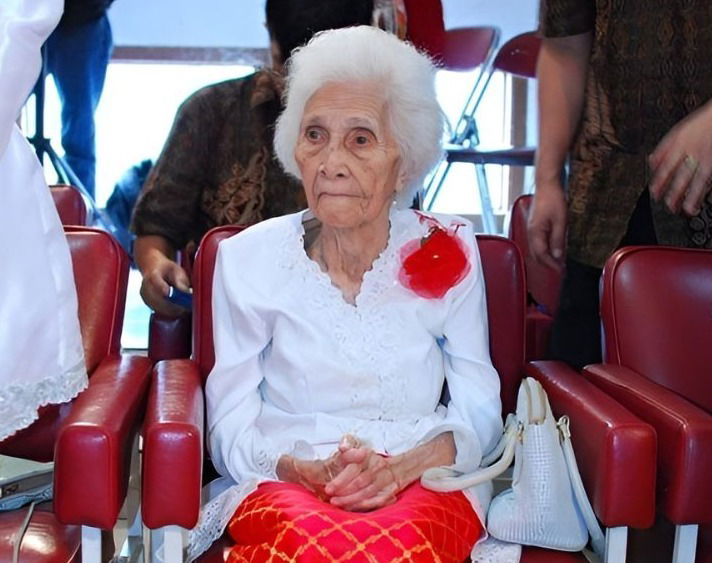Catherine Dowley, the long-lost daughter of renowned Canadian folk artist Maud Lewis.
Through extensive research and interviews with family members, we have pieced together a compelling narrative that sheds light on this hidden figure in Maud Lewis’s life.
As we delve into Catherine’s story, we will explore the complex web of secrets, lies, and societal pressures that shaped the lives of both mother and daughter.
We will also examine how Catherine remained largely unknown to the public for decades, even as her mother’s artwork gained international acclaim.
Join us as we unravel this fascinating tale of love, loss, and the enduring power of family bonds.
Who is Maud Lewis?

Maud Lewis, born Maud Kathleen Dowley, is celebrated as one of Canada’s most cherished folk artists.
Known for her lively, cheerful paintings depicting rural life in Nova Scotia, her work is characterized by its simplicity and charm despite her lack of formal training.
Painting as A Hobby
From a young age, Maud struggled with juvenile rheumatoid arthritis, which progressively worsened, greatly affecting her mobility and agility.
However, she persisted in painting, often using small, controlled movements to create her art.
Maud began painting as a hobby, creating Christmas cards she sold door-to-door.
Her distinct style involved bright colors and simple, unpretentious depictions of everyday scenes.
Over time, her work gradually gained popularity within her local community.
Married to Everett Lewis
Maud married Everett Lewis, a fish peddler, and moved into his small house in Marshalltown.
Their marriage was marked by hardship, poverty, and a shared commitment to her artistic endeavors.
Everett supported Maud’s painting, recognizing it as an essential source of income.
Maud Lewis’ Daughter: Catherine Dowley

Early Life
Catherine Dowley was born out of wedlock to Maud Lewis in Yarmouth, Nova Scotia.
At the time, there was a significant societal stigma surrounding illegitimacy, which greatly influenced the events that followed.
Emery Gordon Allen was Catherine’s biological father.
He had a brief relationship with Maud but abandoned her after learning of her pregnancy, leaving a profound impact on Maud’s life.
Catherine was adopted by Alvin Alexander Crosby and Mary E. Porter, who renamed her Catherine Crosby.
She received a stable upbringing in her adoptive family, thanks in part to Charles Dowley’s role in arranging the adoption.
Maud Lewis’s Misunderstanding About Her Daughter
Maud was led to believe that her child had died at birth.
This deception was orchestrated by Charles Dowley, who was motivated by societal pressure and his own beliefs about Maud’s ability to raise a child.
The belief that her child had died deeply affected Maud, with emotional and psychological consequences that influenced her art and outlook on life.
This belief shaped Maud’s interactions and worldview in profound ways.
Catherine Dowley’s Life and Identity
The Crosbys raised Catherine in a stable and loving household.
She became aware of her adoption later in life, which stood in stark contrast to the environment of her biological family.
When Catherine learned about her biological mother, Maud Lewis, later in life, she attempted to connect with her.
This discovery had a significant emotional impact on Catherine, who initially faced shock and denial from Maud.
Catherine tried to establish a relationship with Maud through letters and visits, but Maud consistently rejected her.
Maud’s steadfast belief in her child’s death and fear of societal judgment prevented her from acknowledging Catherine.
Everett Lewis and His Influence
Everett had a complex relationship with Maud, and their marriage dynamics greatly influenced Maud’s life and work.
The real-life Everett differed significantly from his portrayal in the film Maudie.
Accounts suggest that Everett allegedly abused Maud and exploited her art for financial gain.
This exploitation had a lasting impact on Maud’s legacy and the posthumous value of her work.
Catherine’s Later Life

After her adoption, Catherine married Paul Muise and lived in Ontario, where she raised her family. Her upbringing influenced her later life in meaningful ways.
Catherine’s daughter, Marsha Benoit, reflected on her mother’s connection to Maud’s art and legacy.
It was revealed that Catherine possessed artistic talents, adding an emotional significance to the recognition of Maud’s art within their family.
Conclusion
The story of Catherine Dowley and her connection to renowned folk artist Maud Lewis is a compelling tale that highlights the complexities of family, identity, and artistic legacy.
By exploring Catherine’s early life and adoption, the misunderstandings and emotional struggles Maud faces, and the attempts at reconciliation between mother and daughter, we gain a deeper understanding of the hidden figure behind the celebrated artist.
This narrative illuminates the personal challenges and societal pressures that shaped their lives and serves as a testament to the enduring power of art to connect generations and reveal long-buried truths.
As we reflect on Maud Lewis’s legacy and Catherine Dowley’s untold story, we are reminded of the importance of preserving and sharing these intimate histories, which enrich our cultural heritage.






















One Response
Thanks for the wonderful trie synopsis on “Maudie”. I first saw her art in Halifax Art Gallery. Including the house replica(maybe parts were real)she lived in. We drive to the original address. Did not know about her daughter. Did they ever communicate amiably? And is Catherine the daughter, still living?
Hope to hear back, Johanna